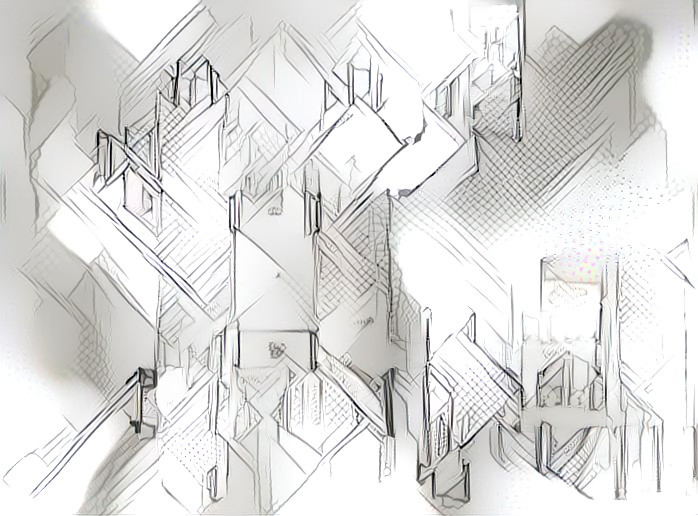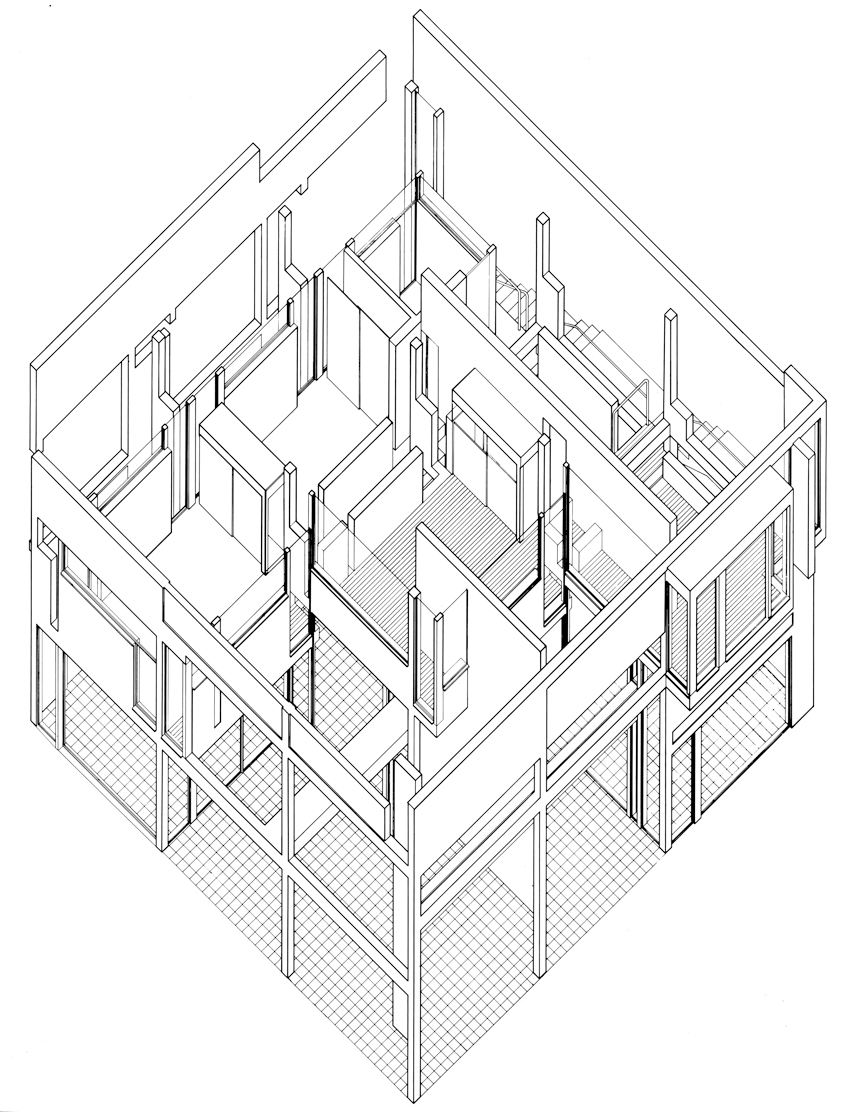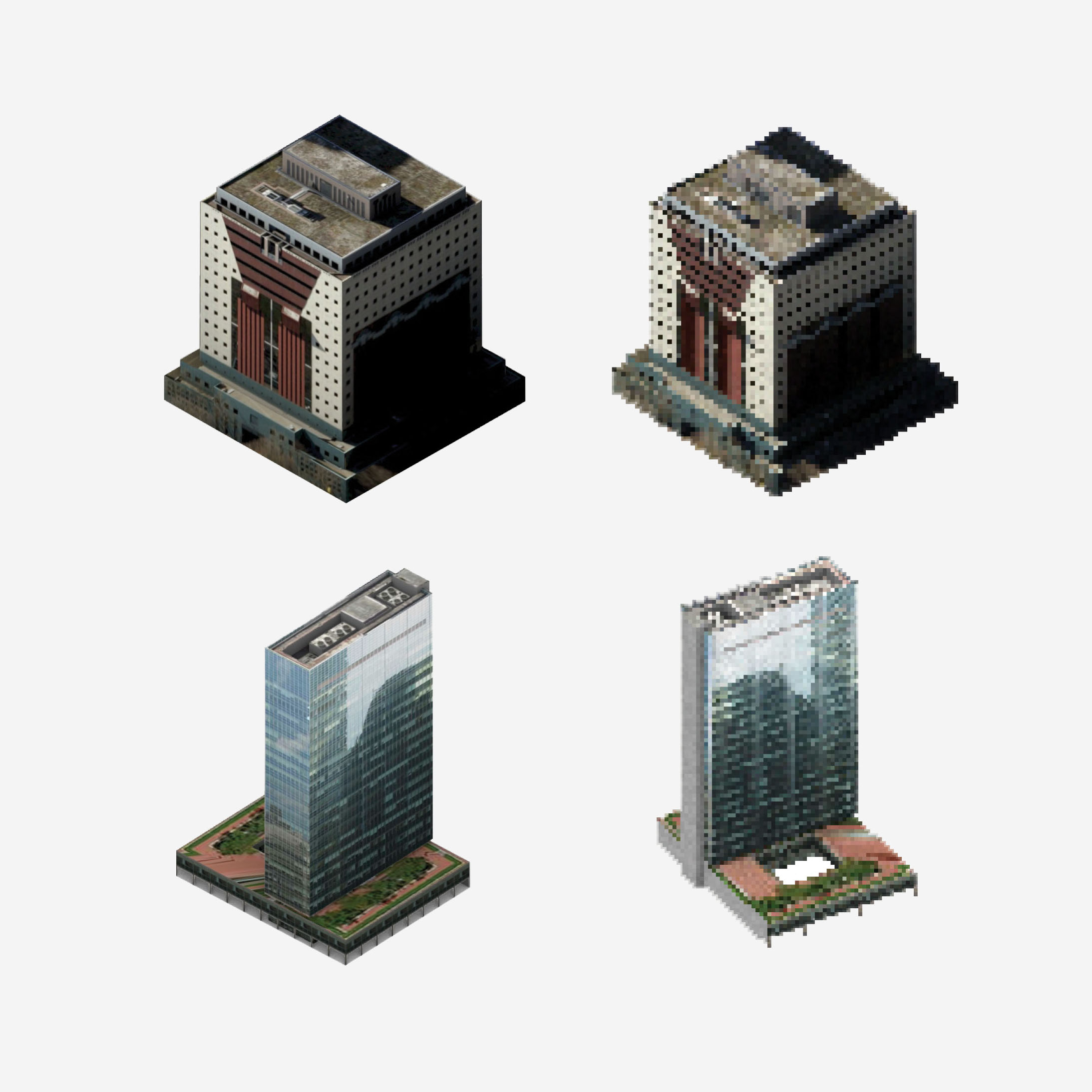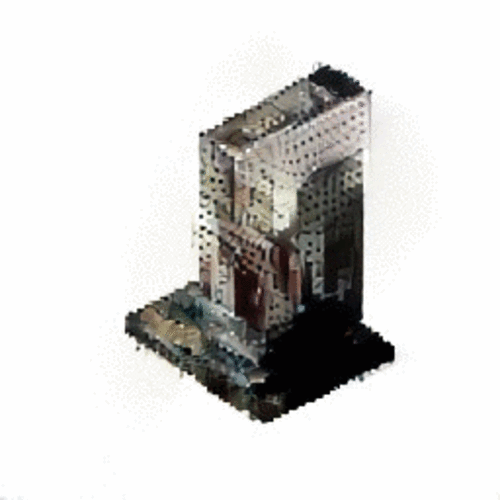Fuzzy Logic

DeepFakes – a combination of “deep learning” and “fake”, are images that use Artificial Intelligence based Human Image Synthesis, allowing for near seamless superimposition and mapping of images onto moving medium. These have been primarily used for facial manipulations in the movie industry, also known as FACS – Facial Action Coding System.
A recent, highly publicized example of FACS was an ad for Dove chocolate,in which Audrey Hepburn was described as being “brought back to life” through CGI after the producers were not satisfied with a Hepburn impersonator.
Using an open source code version of FACS tricked into reading architectural facades as a means of form generation.
A recent, highly publicized example of FACS was an ad for Dove chocolate,in which Audrey Hepburn was described as being “brought back to life” through CGI after the producers were not satisfied with a Hepburn impersonator.
Using an open source code version of FACS tricked into reading architectural facades as a means of form generation.
2019
Published in RETROSPECTA 43
Published in RETROSPECTA 43

Initial explorations test involved training the software to read one image against another, resulting in a synthesis of the two as a final product. One of the first tests involved training the software to analyze and synthesize an axonometric drawing of Eisenman’s House II and plan of post-2008 renovation of Rudolph Hall. The software was able to combine House II and Rudolph to create a quasi-axonometrick drawing of various intersecting planes.




To move into the three dimensional realm, a rotating 3D model of Michael Graves’ Portland building and SOM’s Lever house were isolated into 300 individual frames for analysis. These were selected due their similar podium style condition, yet their facade condtions are significantly different.
Training for around 14 hours, resulting in a fuzzy, ambiguous volume where traits in both Graves and Bunshaft & de Blois’ can be found but not necessarily recognizable in the new form. Depending on resolution, FACS/GANS software can potentially be used as form finding techniques, or combined with program distribution scripts for a competely new architectural form.
Training for around 14 hours, resulting in a fuzzy, ambiguous volume where traits in both Graves and Bunshaft & de Blois’ can be found but not necessarily recognizable in the new form. Depending on resolution, FACS/GANS software can potentially be used as form finding techniques, or combined with program distribution scripts for a competely new architectural form.
